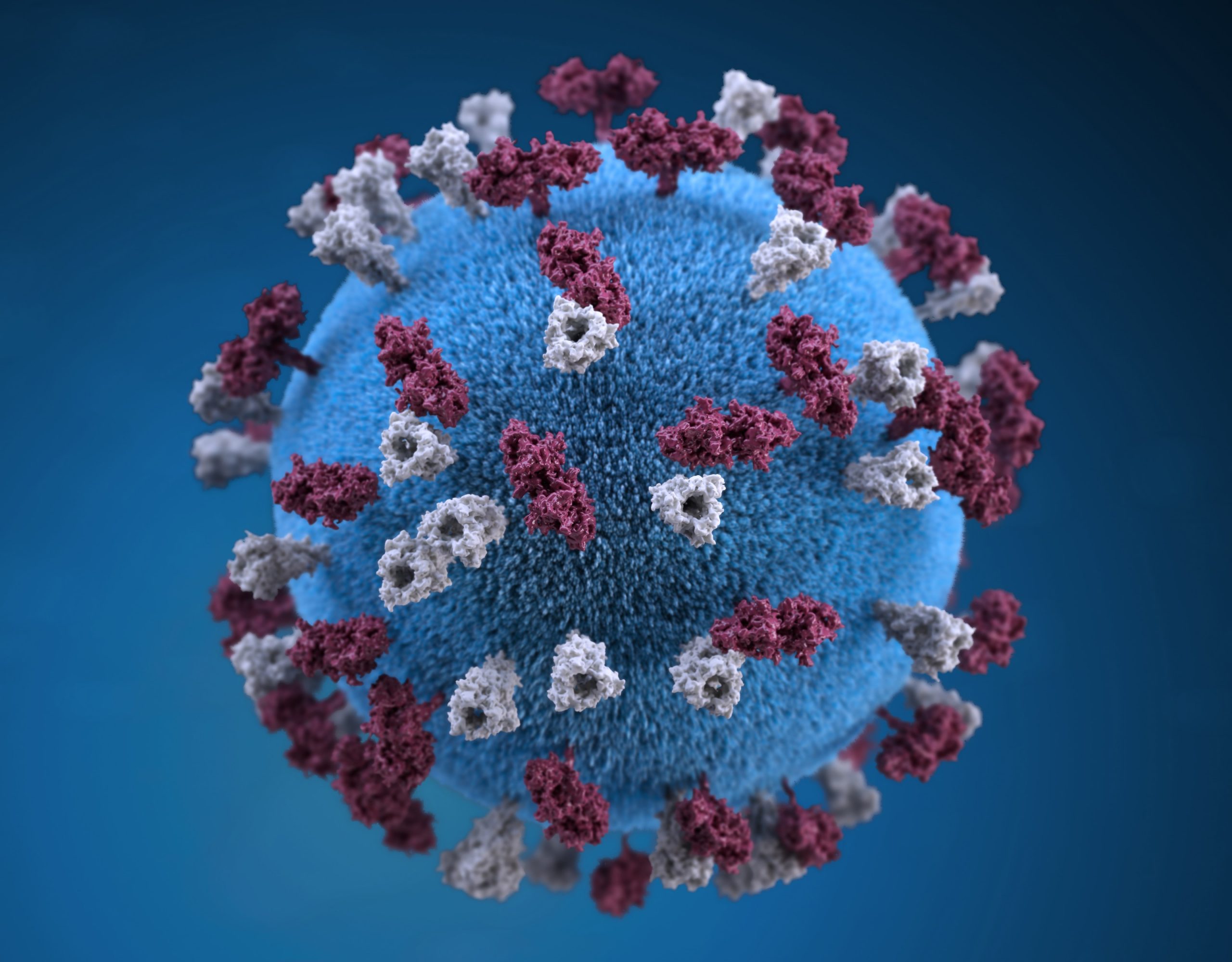COVID-19 Infections May Appear as Rapid Worsening of Motor Symptoms

Infections with the new coronavirus may manifest in people with Parkinson’s as a rapid worsening of disease symptoms, hindering early and accurate diagnosis of infections in this population, according to a case report on two patients.
It also points to a possibility of more severe infections in these patients, but further studies are needed to confirm the prevalence and mortality of COVID-19 cases among those with Parkinson’s.
The correspondence describing these two cases, “Rapid worsening in Parkinson’s disease may hide COVID-19 infection,” was published in the journal Parkinsonism and Related Disorders.
Parkinson’s patients are not more likely to be infected by COVID-19 than the general population, but their older age puts them at risk for more severe infections.
Diagnosing COVID-19 in these patients, however, may be challenged by symptoms that are common to both illnesses, like fatigue, loss of sense of smell, hot flush, and muscle pain.
Currently, little information exists about how COVID-19 presents in Parkinson’s patients, or about outcomes among those infected.
Researchers at the Institut du Cerveau et de la Moëlle épinière in France reported on two people with Parkinson’s who experienced a worsening in their motor symptoms as first evidence of a COVID-19 infection.
The first patient, an 83-year-old man, had been diagnosed with Parkinson’s about 21 years ago and had a deep brain stimulation (DBS) device to help control his motor symptoms. An outpatient at the institute, he showed a worsening in motor function, with falls, postural instability, as well as speech, chewing and swallowing difficulties. Five days later, fever and cough also appeared.
He was diagnosed with COVID-19 and hospitalized with signs of moderate pneumonia. While there, his motor and respiratory symptoms stabilized for three days. But he then developed acute respiratory distress syndrome, a type of respiratory failure characterized by rapid onset of widespread inflammation in the lungs, and died within a few hours.
A similar disease course was seen in the second patient, a 73-year-old woman with a 23-year history of Parkinson’s who also had a DBS device. The woman was admitted to the hospital due to sudden falls and speech problems that had started two days earlier. She had no fever, or respiratory or digestive symptoms.
At admission, the patient was confused and her Parkinson’s symptoms appeared to be more severe than usual. But a brain CT scan was normal and her DBS was functioning properly. Due to an elevation in inflammation markers, she underwent chest imaging scans, which revealed a mild pneumonia. COVID-19 infection was then confirmed.
The woman increased her levodopa dose, but her symptoms remained severe. After 10 days in the hospital, she also developed acute respiratory distress syndrome and died in a few hours.
“Those two cases illustrate that early and accurate diagnosis of COVID-19 in PD [Parkinson’s disease] patients may be challenging [since] COVID-19 may mimic PD evolution,” the researchers wrote.
This overlap can be particularly difficult during a home quarantine, because added stress and reduced physical activity alone can worsen Parkinson’s symptoms, they added.
“This study draws attention to the potential severity of COVID-19 in PD and highlights the need of larger studies to assess the exact prevalence and fatality rate of COVID-19 in PD population,” the team concluded.






